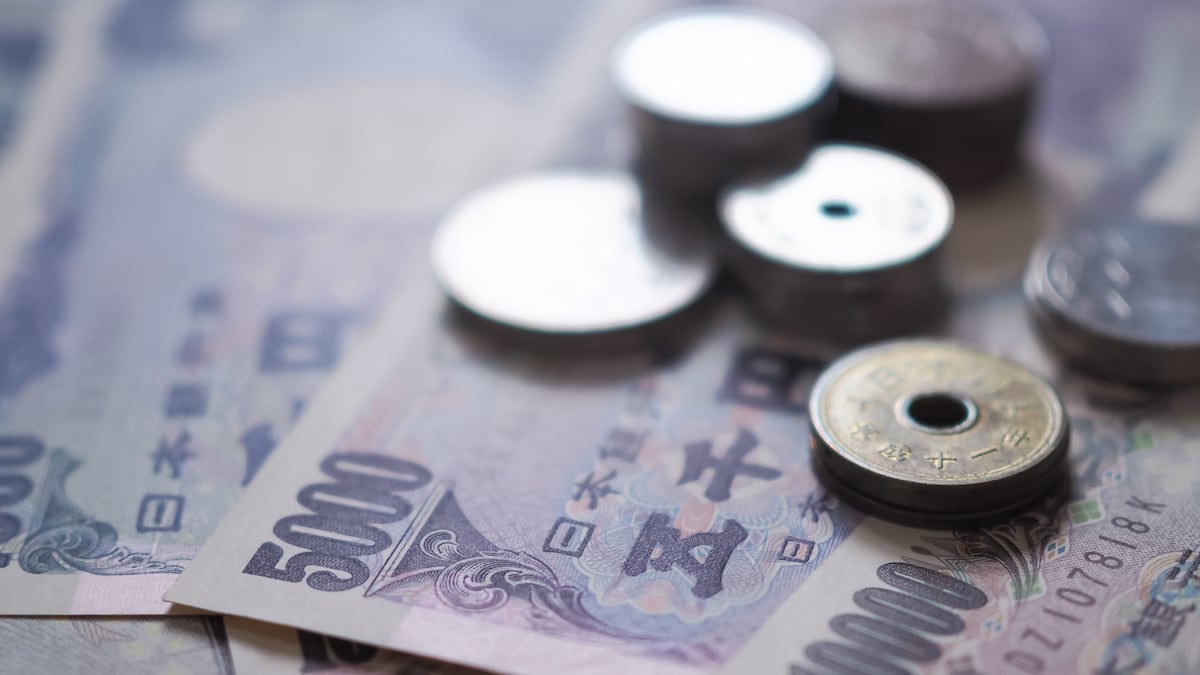- Markets recovered very quickly from August’s bloodbath.
- However, a central bank consortium warns that market woes aren’t over.
The partial unwinding of the so-called yen carry trade caused a global market panic on August 5.
On that day, Japan’s Nikkei and Topix — the country’s two biggest stock market indexes — closed down more than 12%, marking their worst day since the 1987 market crash. The S&P 500 and Nasdaq, meanwhile, dropped 4.2% and 6.3%.
Markets have bounced back since then, and all seems well. But is it? The underlying issues behind the selloff haven’t changed, an influential consortium of the world’s central banks warned policymakers on Thursday.
While markets avoided outright collapse this time, “the structural features of the system underpinning such episodes deserve continued attention,” the report from the Bank of International Settlements said.
Meeting margin calls
Investors take advantage of Japan’s low interest rates to borrow yen and buy high-performing US equities and bonds — a strategy called the “carry trade.”
While the size of the yen carry trade is hard to tell, BIS estimated that yen-denominated loans made to investors outside of Japan were worth at least $250 billion going into August 5. That figure is likely to be a significant under-estimate, however, as BIS warned of data gaps.
At the end of July, the Bank of Japan announced that it would raise interest rates to combat inflation. The move caught currency traders flat-footed, as it meant they had to sell their US holdings to pay interest on their borrowed yen.
That’s probably why the turbulence rocked seemingly unrelated markets, like cryptocurrencies, the BIS report said. Bitcoin and Ethereum both plunged up to 20% in the following days.
“The impact of the unwinding reverberated across many currencies, reflecting the use of multiple sources of funding and investments by carry traders,” the report said.
Markets bounce back
But markets proved resilient in the end, the report said, adding that “the speed of their recovery was remarkable.”
Exchange rates didn’t swing wildly, forex volatility did not shoot up as much as for equities, and trading continued undisrupted in US markets.
Still, the BIS urged caution, noting that the underlying issues behind the selloff have not changed much.
Only some trades predicated on low volatility and cheap yen funding “appear to have been unwound,” the report said.
Some of these leveraged positions are even being rebuilt, the BIS said.
More worryingly, there are broader, structural factors at play. Markets allow a build-up of large, risky positions in calm periods that must be unwound quickly when volatility rises.
“The reliance on leverage for many of these positions implies that investors will have to respond more strongly to adverse shocks to avoid significant losses,” the researchers at BIS wrote.
“If such behaviour takes place in a jittery and illiquid market environment, volatility could be further exacerbated, and a negative feedback loop could be kindled.”
Joanna Wright writes about markets for DL News. Email her on joanna@dlnews.com.
